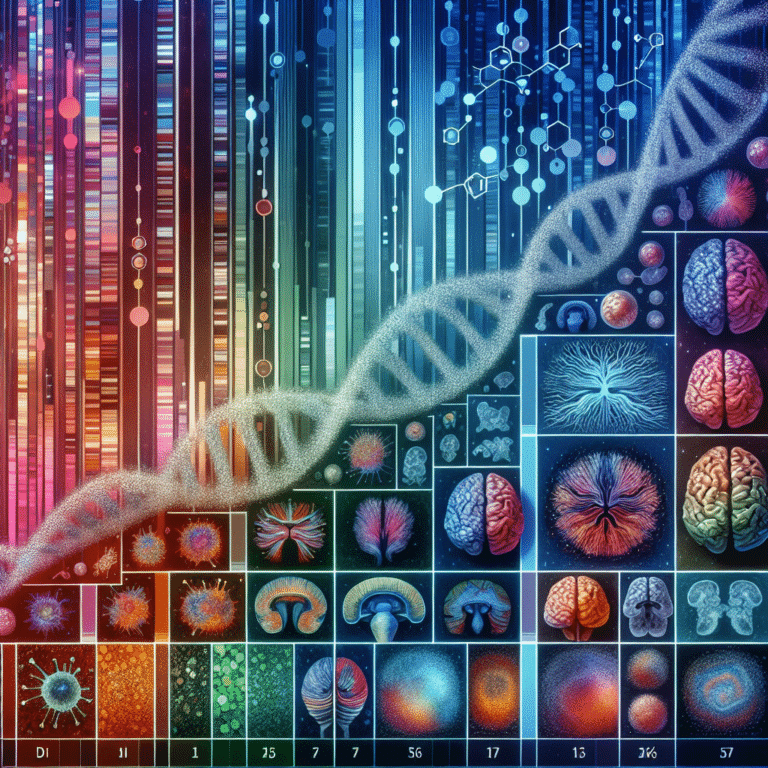Summary
- A recent study published in Cell by Ganz et al. revealed new insights into the mutational landscape of brain cells, focusing on neurons and oligodendrocytes (OLs).
- The study utilized single-cell whole-genome sequencing to analyze somatic mutations in 86 OLs and 56 neurons from individuals of varying ages.
- Differences were observed in the mutational profiles of neurons and OLs, with OLs accumulating more somatic single nucleotide variants (sSNVs) at a faster rate with age.
- Mutational signatures identified in OLs suggested that mutations may arise before differentiation, while neuronal mutations showed a predilection for transcribed genomic regions.
- The study highlights the potential implications of somatic mutations in brain cells for neurodegenerative diseases and brain cancer, raising questions about their role in differentiation and resilience to aging-related insults.
A recent study published in Cell shed new light on how our brain cells change as we age. Researchers found that different types of brain cells, neurons, and oligodendrocytes, have different mutation patterns. Neurons are the cells that help us think and learn, while oligodendrocytes support neurons by producing myelin, a substance that helps messages travel through the brain.
The study showed that as we get older, both neurons and oligodendrocytes accumulate mutations, but oligodendrocytes tend to gather mutations at a faster rate. These mutations can be found in different parts of the cells’ DNA, which could affect how they function. The researchers also discovered that some mutations in oligodendrocytes are similar to those found in certain types of brain cancer.
Understanding how our brain cells change over time is crucial for studying conditions like brain cancer and neurodegenerative diseases. By studying these mutations, scientists hope to uncover new ways to prevent or treat these conditions in the future. This study opens the door to more research on how our brain cells evolve as we age, bringing us closer to understanding the brain’s complexities.
Source link
Neurology, Pathology & Lab Medicine, Genetics


